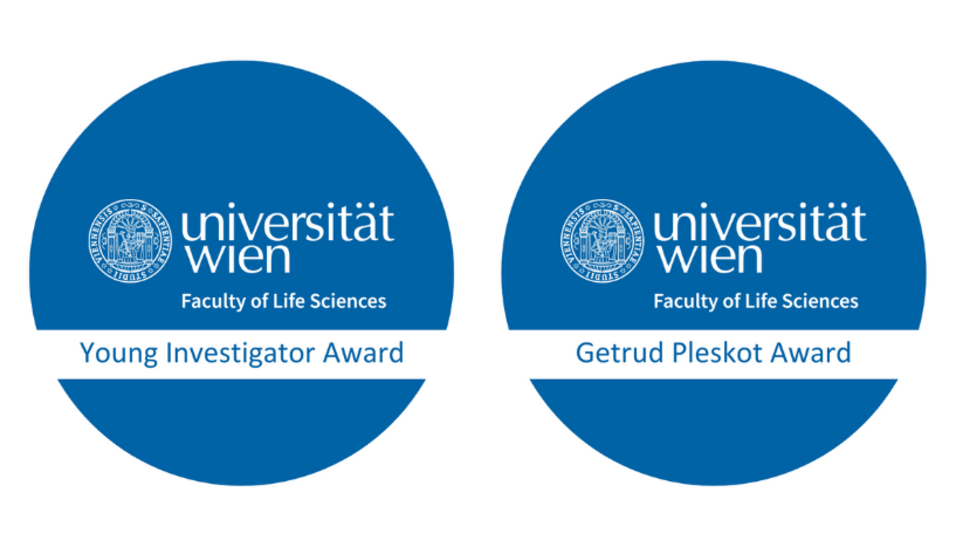The Young Investigator Award is an initiative of the Faculty of Life Sciences designed to honour young postdoctoral scientists publishing in the top journals of their field. Award recipients are selected based on their publication output. They are expected to use the grant, which will is formally disbursed to the account of their department, to conduct research or to support their participation at international meetings.
This years Young Investigator Awards go to:
The Gertrud Pleskot Award is designed to promote young female scientists at the Faculty of Life Sciences especially early in their scientific careers and is awarded based on the same criteria as the Young Investigator Award. Read more about Gertrud Pleskot (in German).
This years Gertrud Pleskot Award goes to:
We congratulate!
The awards ceremony will take place at the annual faculty event in October.

